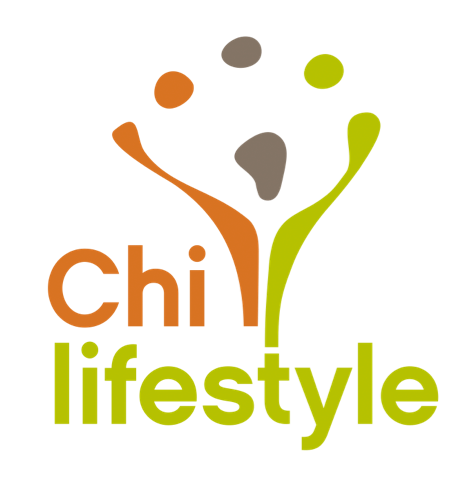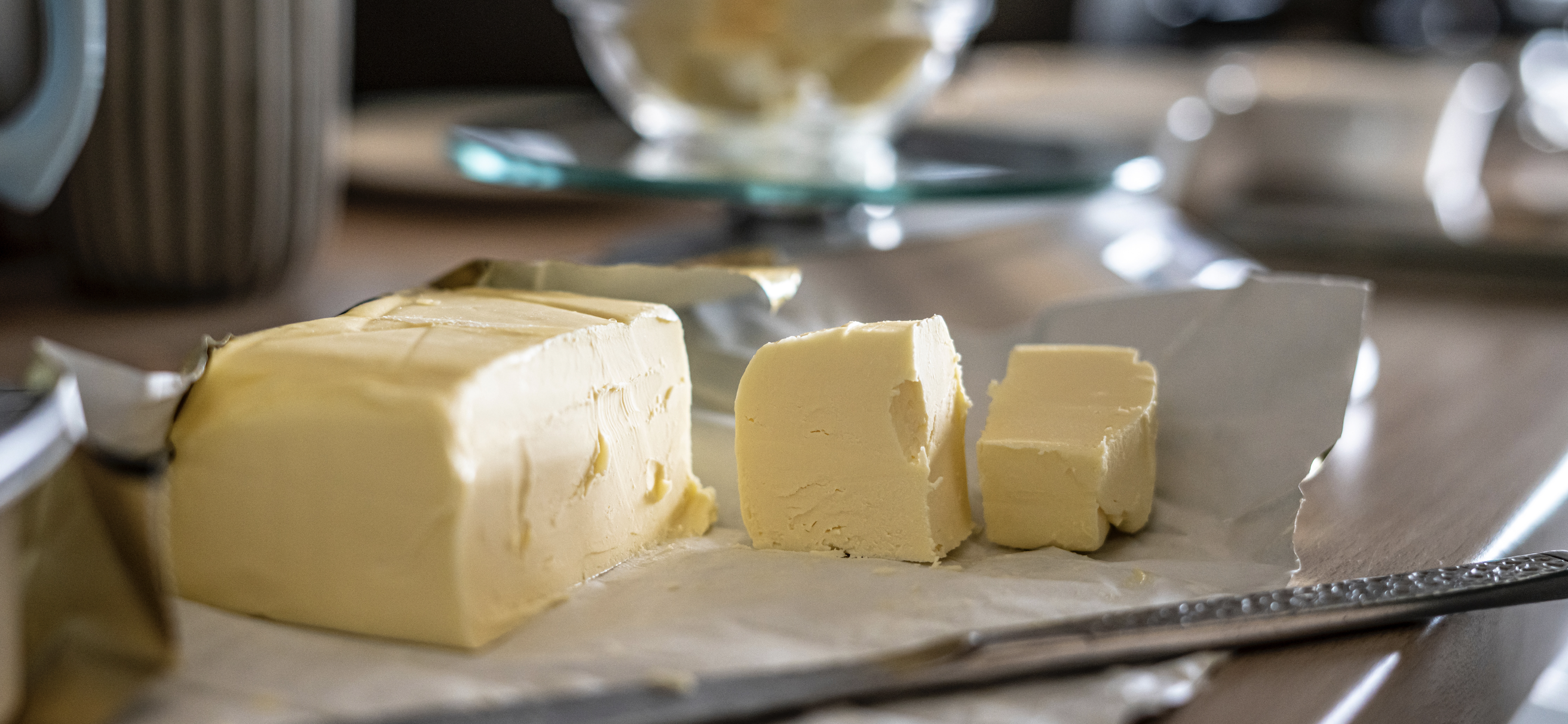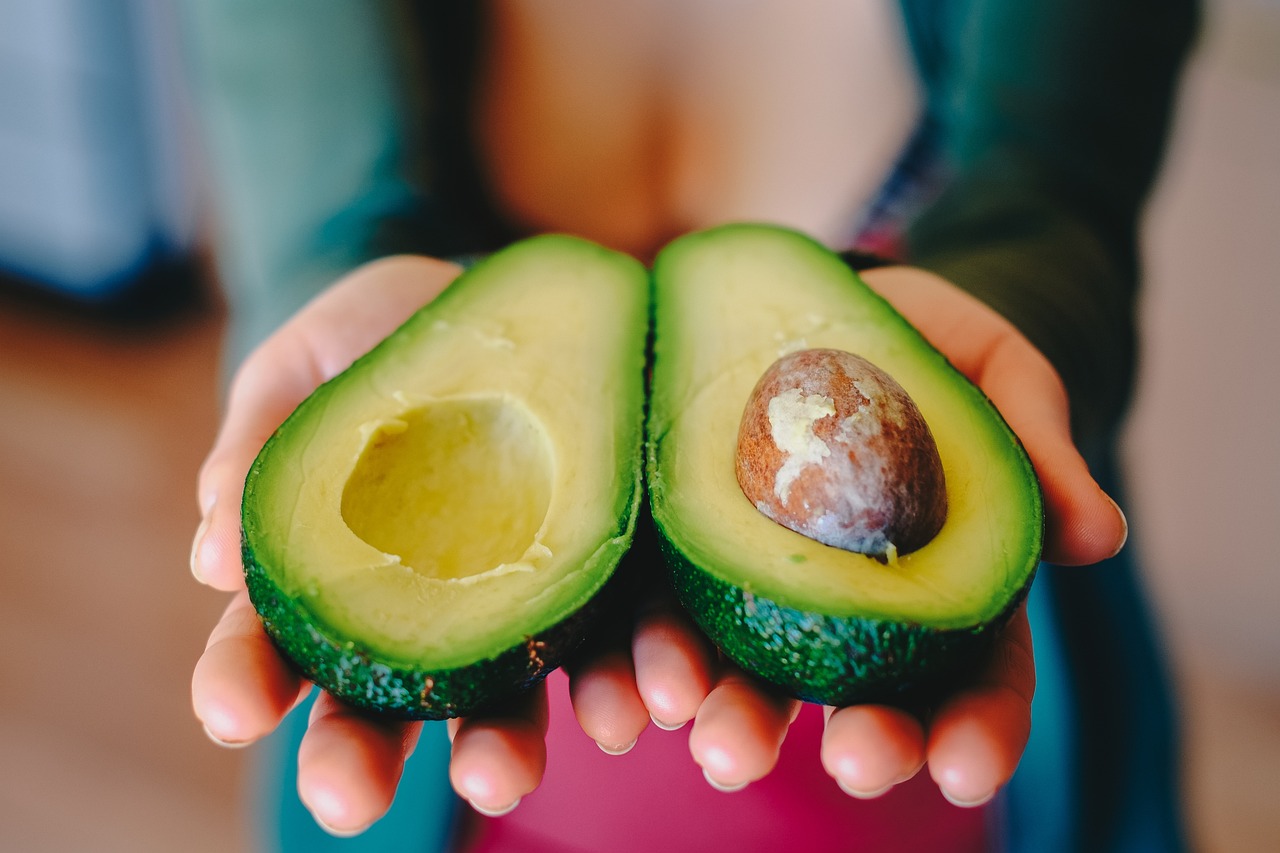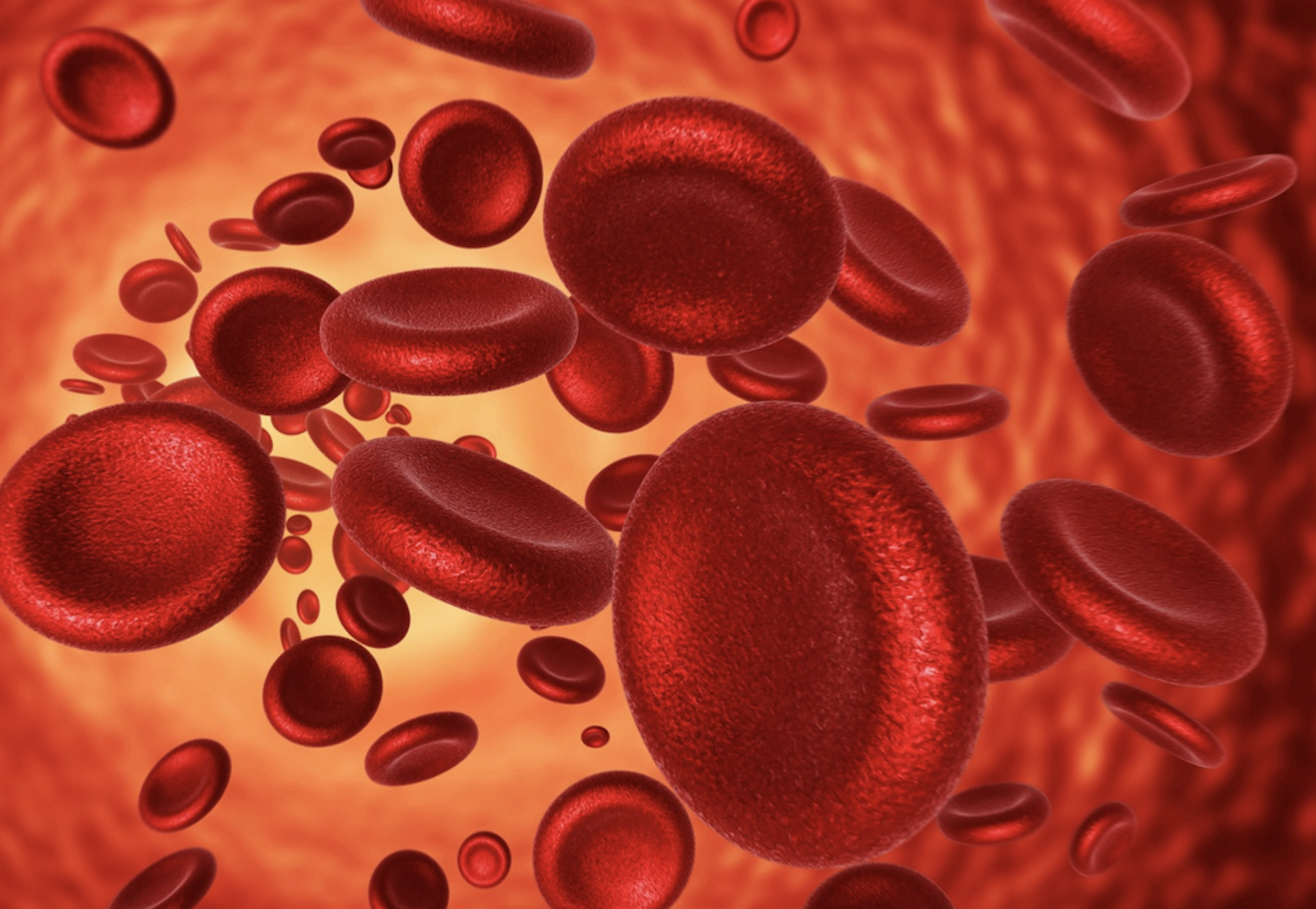The correct title should actually be “11 foods that optimize cholesterol”. So first of all, it is important to know that cholesterol is not a problem! Our bodies desperately need cholesterol as a building block for body cells, hormones, and bile. If we consider only one fact—that cholesterol is required to make bile and bile is required to break down fats from food so that they can be digested and absorbed—we must understand that a cholesterol deficiency can cause major problems. Cholesterol is essential for life. Most cholesterol is produced in the liver. Only a small portion (mainly in the form of triglycerides) enters the body through nutrition.
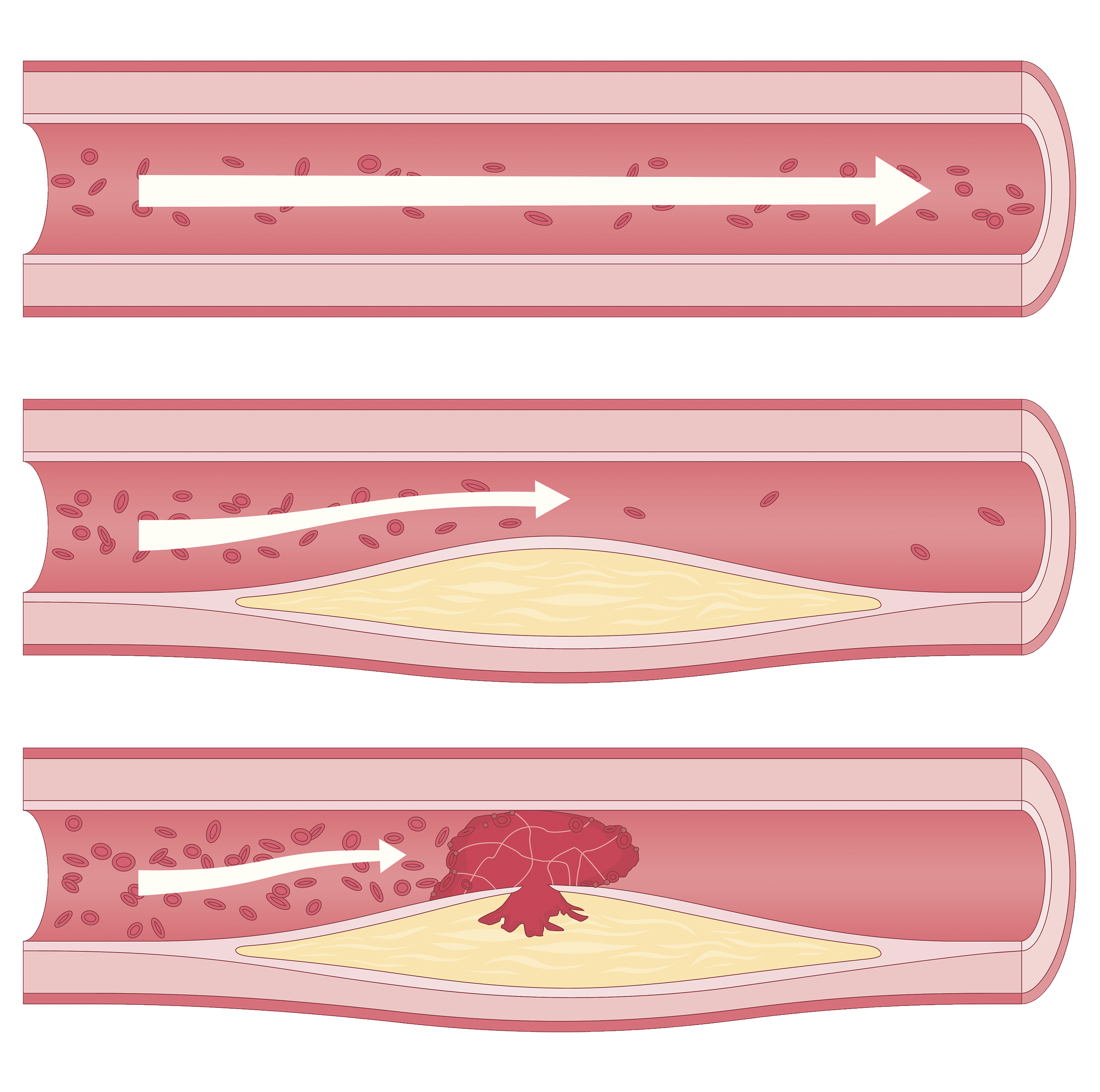
HDL and LDL cholesterol
The two main types of cholesterol are HDL and LDL. I read this metaphor somewhere: LDL cholesterol is a Loser, and HDL cholesterol is a Hero. Vegetable margarine manufacturers and pharmaceutical companies that produce statins could perfectly use this metaphor for their advertising campaigns to make people believe they shouldn’t eat pure butter because of the “bad” fats so that they will buy vegetable margarine and use statins. But zero-fat margarine contains manufactured trans fats instead of natural saturated fats. Our bodies cannot digest those aggressively manufactured trans fats; these fats can damage your arteries and other blood vessels.
The whole true story about cholesterol is much more complex; I can only describe it in depth in a book because a large chapter must be devoted to properly understanding the relationship of cholesterol to our health. The main problem lies in the fact that the digestion (in the intestines) and metabolism (in the liver) of people with high cholesterol no longer function properly due to a diet full of refined sugars, processed meat products, and trans fats from refined vegetable oils and vegetable margarine, and all the products made with those fats, such as fries (chips) and chips (crisps). This means that removing all these foods from your diet as much as possible and adding foods that restore digestion and metabolism can help optimize your cholesterol levels.
The truth about cholesterol
The whole true story about cholesterol is much more complex; I can only describe it in depth in a book (what I did in one of my new books that is coming soon) because a large chapter must be devoted to properly understanding the relationship of cholesterol to our health. The main problem lies in the fact that the digestion (in the intestines) and metabolism (in the liver) of people with high cholesterol no longer function properly due to a diet full of refined sugars, processed meat products, and trans fats from refined vegetable oils and vegetable margarine, and all the products made with those fats, such as fries (chips) and chips (crisps). This means that removing all these foods from your diet as much as possible and adding foods that restore digestion and metabolism can help optimize your cholesterol levels.
Again, cholesterol is not your enemy. The proper function of your digestive system and a favorable ratio between LDL and HDL cholesterol plays the most important role in optimizing your cholesterol. By changing the foods you eat, you can improve your cholesterol levels and reduce the amount of fats flowing aimlessly through your blood. This means that some foods can prevent too much LDL, which should have been broken down and removed by the liver, from getting back into the bloodstream. This is because of your poor digestion and blocked intestines (from constipation), which cannot properly digest fats so that they can effectively be used by your body, and in turn, your liver cannot produce enough bile due to a lack of fats. If you are in this vicious cycle, your cholesterol levels may no longer be optimal and should be improved.
LDL is the cholesterol-carrying particle that can only contribute to atherosclerosis when your arteries are already clogged with plaque. Plaque makes the walls of the arteries thick and hard; the arteries lose their elasticity. Over time, the artery becomes narrower or gets blocked. The blockage prevents blood from flowing through the artery. This can cause a heart attack or stroke. But again, cholesterol would not damage the artery wall if the plaque had not already hardened the walls.
Atherosclerosis usually starts early in life. Many people have plaque by middle age. People who develop atherosclerosis don’t usually have symptoms until the artery is at least half blocked. So it is highly critical not to wait for this to happen but to include these foods in your diet now.
1. Fruits that are rich in pectin
Pectin is a type of soluble fiber that removes cholesterol used by the body from the liver and digestive system so that LDL cholesterol does not continue to circulate in the bloodstream. Fruits that have the highest pectin content are apples, currants (red, white, and black), grapefruits, oranges, lemons, limes, passion fruits, gooseberries, plums, blackberries, and quinces.
2. Vegetables that are rich in soluble fiber
Vegetables that are a great source of soluble fiber are garlic, onion, leek, eggplant, asparagus, artichoke, avocado, endive, okra, celeriac, green beans, string beans, and bok choy. These fibers help better digest fats from food in the digestive system and remove LDL cholesterol from the intestines after they are excreted by the liver.
3. Chia seed
Chia seeds are incredibly rich in fiber. A little over a ½ cup (100 grams) of chia seeds meets your daily fiber requirements. Of course, you don’t eat that much in one day, but even with 1 tablespoon that you can eat with your oatmeal or use in your smoothie, for example, you already get 10%. You can supplement the rest with fruits, vegetables, and other sources of fiber listed in this post.
4. Flaxseed (Linseed)
Flaxseed (Linseed) is a great source of dietary fibers, and a large proportion of these are soluble fibers.
5. Oats
In general, products that are 100% whole grain lower the risk of heart disease. Oats have been specifically shown to help improve cholesterol levels in the blood.
6. Barley and other whole grains
7. Legumes
Legumes, such as beans, lentils, chickpeas, and peas, are especially rich in soluble fiber. An additional effect is that you feel full for longer after eating them because they take a while for the body to digest. This effect contributes to weight loss, which also helps improve your cholesterol.
8. Nuts
Nuts contain healthy fats. Many studies have shown that eating almonds, walnuts, pistachios, and other nuts has a positive effect on the heart. Eating about 2 ounces (55 grams) of nuts a day can lower LDL by about 5% and favorably increase HDL. Make sure to buy raw and unsalted nuts.
9. Extra virgin olive oil
Extra virgin olive oil offers good protection against cardiovascular disease. Due to a good fat composition, this olive oil reduces the amount of triglycerides in the blood. An increased concentration of triglycerides can be harmful to the vessel wall and can promote atherosclerosis. An increased level of triglycerides in the blood is often associated with low levels of good HDL cholesterol and, therefore, high levels of LDL cholesterol. But make sure you buy an extra virgin version, not a refined one.
10. Organic soy products
Organic soy products, such as tempeh, tofu, and soymilk, also help improve cholesterol levels. Always buy organic soy products to make sure you are not consuming modified soy. Also, pay attention to the ingredients list and buy soy products without added sugars and additives.
11. Fatty fish
Fatty fish, such as salmon, sardines, herring, and mackerel, is rich in omega-3 fats. These fats are known to have a beneficial effect on the fat composition of the blood, reducing triglycerides in the bloodstream and protecting the heart by helping prevent the onset of abnormal heart rhythms. Eating fish once or twice a week can also improve cholesterol levels in another way by replacing processed meat meals more often. Processed meat products are known for their high content of LDL-enhancing saturated fats (however, not all saturated fats are bad; therefore, if you are a meat lover, it is different if you eat unprocessed meat that is prepared in a healthy way, of course in moderation and not every day).
Unfortunately, wild fish today is contaminated with heavy metals such as mercury, and farmed fish, probably, with antibiotics and other toxins. Therefore, it is not wise to eat it every day unless you buy organic fish. But the question is whether meat is also polluted. If you consider this, eating fish has more benefits than meat (both for your health and the environment) unless you are a vegetarian or vegan and don’t eat either.
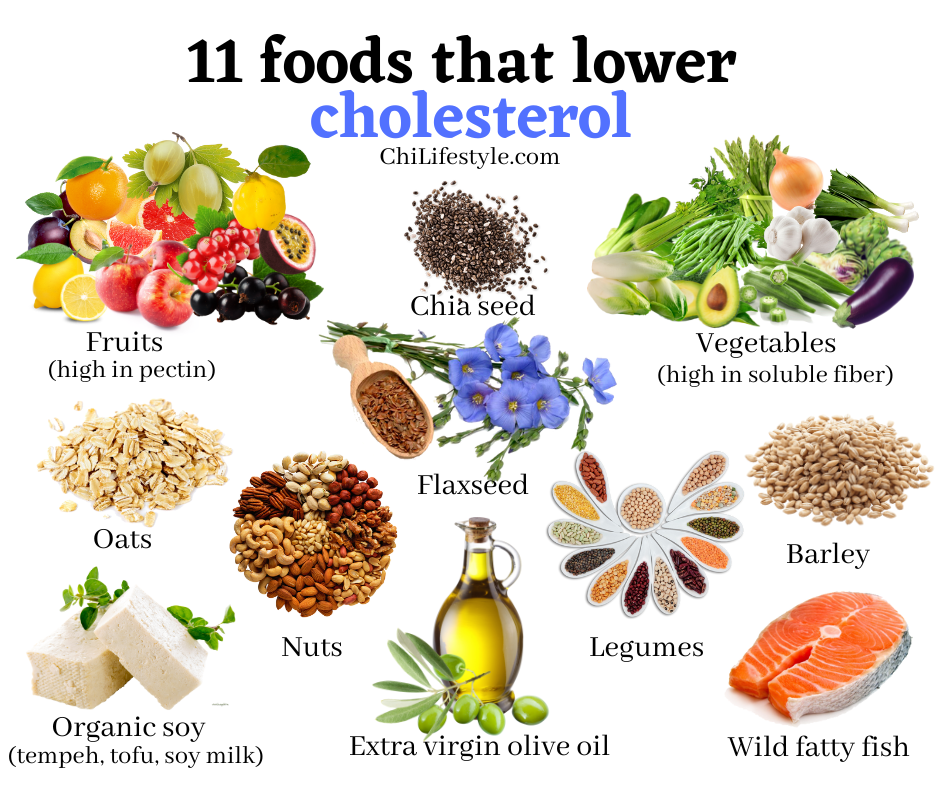
Whether the above foods really help you optimize your cholesterol level depends on how much and how often you eat them. With occasional oatmeal for breakfast and a piece of fruit in between, you will not solve your cholesterol problem. If you let all the above foods dominate at least 80% of your diet, you can expect great results within a few weeks.
